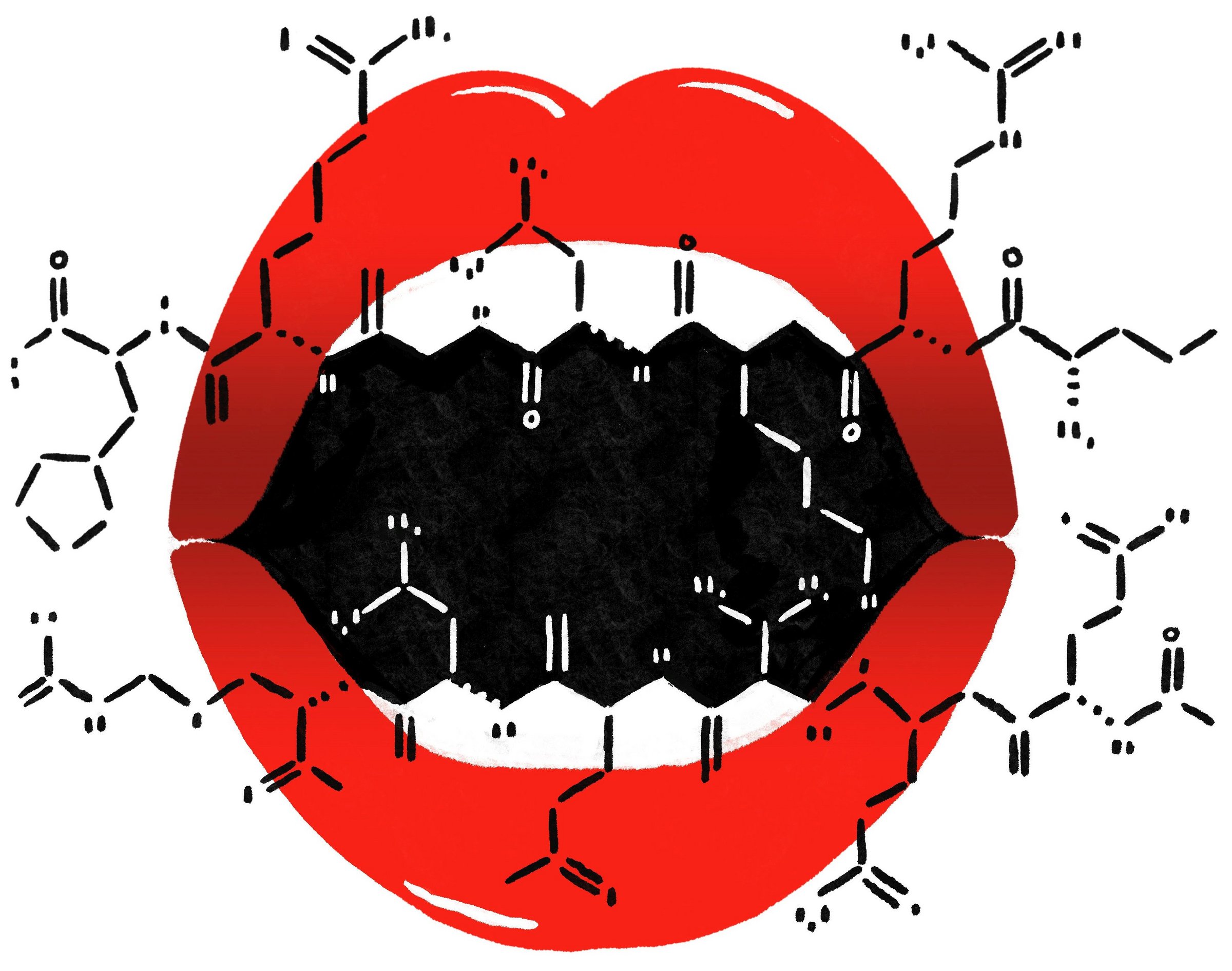Fatty acids are essential and omnipresent molecules of great importance. Without fatty acids, there would be no life. They are the body’s best energy source, modifying proteins and activating them. However, fatty acids also have a serious disadvantage: If they are present in high concentrations in cells, they become toxic.
In order to keep the fatty acid concentration down, cells convert fatty acids into triglycerides. As soon as the body needs fatty acids – during fasting, for example – triglycerides are broken down, releasing the fatty acids to be metabolized. This breakdown of triglycerides into fatty acids is called lipolysis.
While in principle every body cell can store fatty acids in small amounts as triglycerides, fat cells in fatty tissue are specialized in storing large quantities of fat. They also supply other body cells with fatty acids when needed. If fatty tissue converts too much triglyceride into fatty acids (hyperlipolysis), the result is an overabundance of fatty acids that can lead to a fatty liver, heart or pancreas. As a result, lipolysis plays an important role in the development of significant metabolic diseases.
In the past two decades, lipolysis has been a central topic of my research. As early as 1964, two enzymes were described which were believed to steer this process. The existence and mode of action of these “lipases” was textbook knowledge for decades. Around 2000, during an experiment with a mouse, a PhD student in my team deactivated one of the two enzymes that was considered the pacemaker enzyme for lipolysis. According to academic consensus, the mouse should have gained weight due to the lack of lipolysis. This did not occur, however – the mouse maintained its normal weight. At this point, it became clear that the decades-old doctrine was incorrect and that there must be at least one other lipase that contributes to lipolysis.
We described this missing lipase in 2004 and called it adipose triglyceride lipase (ATGL). We were able to demonstrate that mice without ATGL accumulated fat in every body cell. This proved that ATGL plays a key role in the breakdown of triglyceride. It is the pacemaker enzyme of lipolysis, the fat eater in our body, so to speak.
In Berlin, I work with Ulrich Kintscher at Charité – Universitätsmedizin. He demonstrated that heart failure symptoms greatly improved if ATGL was inhibited in fatty tissue, because the fatty acids are no longer transported from there to the heart. If an ATGL inhibitor could create a solution to this often life-threatening situation, it would be a giant breakthrough. We have observed promising effects with Atglistatin, an ATGL inhibitor developed by us – at least in mice with heart failure. However, the inhibition of lipolysis in fatty tissue could also help in certain circumstances with fatty liver, diabetes and other diseases. This is already being researched.
I am an advocate of fundamental biological knowledge and never really cared very much about trends in the research landscape. Up to the end of the last century, fat metabolism was considered rather “old-fashioned”. International meetings were often attended by only a handful of researchers. As the discovery of ATGL shows, however, there was still much fundamental knowledge to be discovered in this area – and there still is. During the obesity and diabetes crisis in the late 90s, the field of lipid metabolism experienced an international revival. Today, important meetings have a turnout of 2,000 people or more, and it has become clear that fat metabolism plays an important role in all areas, including classic metabolic diseases, heart conditions, infectious diseases and even cancer.


